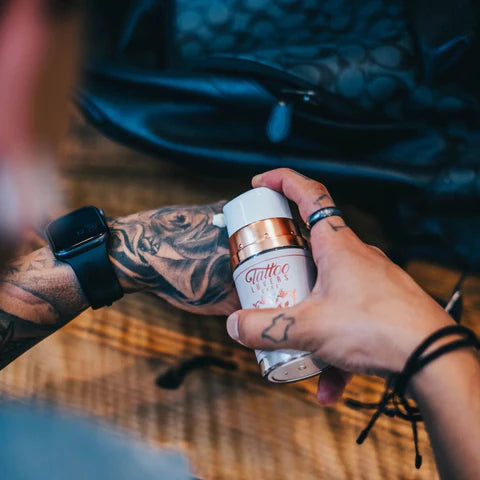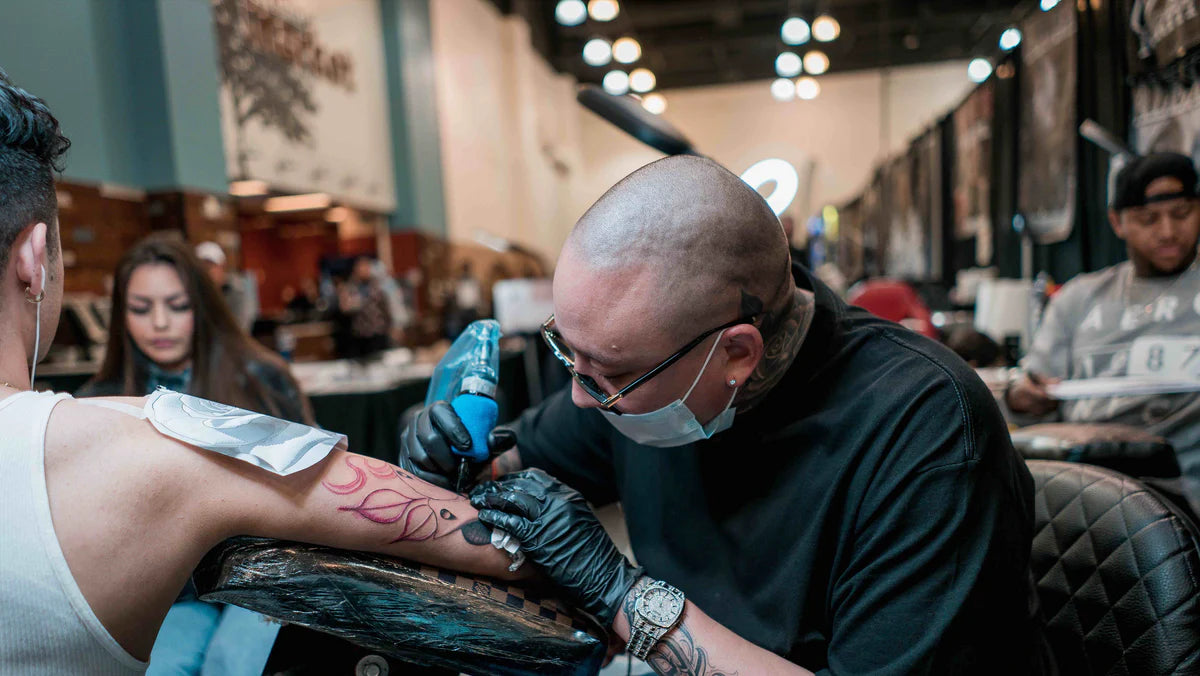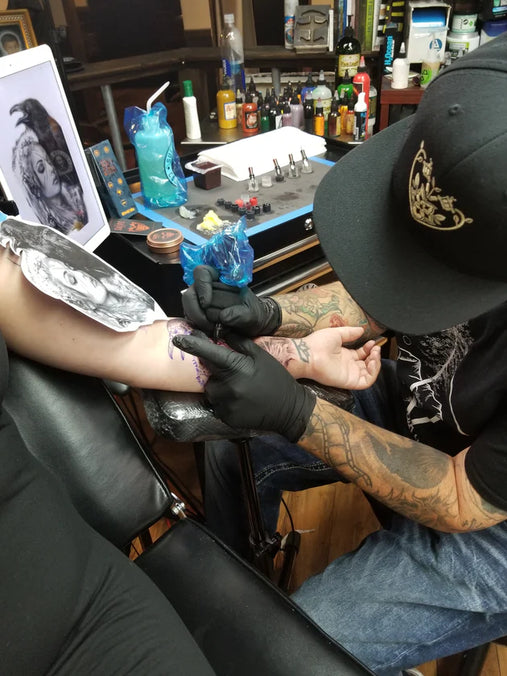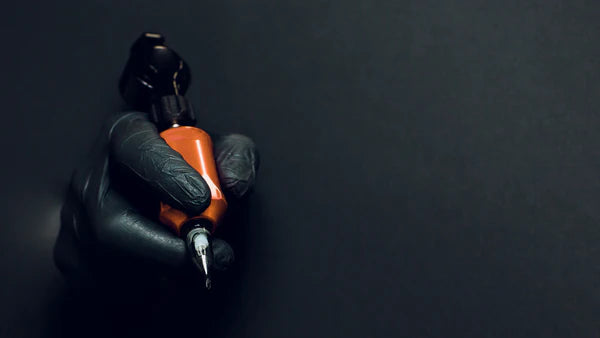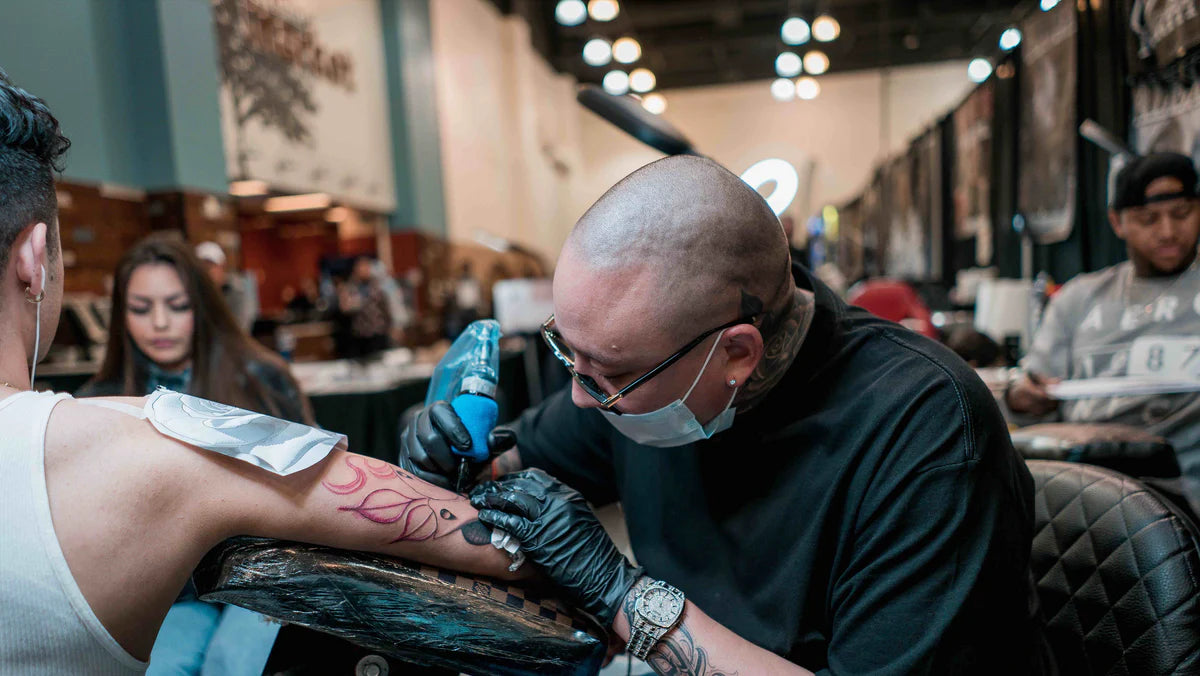
Things You Didn’t Know About Tattoos
To an outsider, tattoo culture can look mysterious and alluring. It belongs to an industry and group of people who were labeled outsiders and castaways until just a couple of decades ago.
To have a tattoo was a bold statement that you didn’t follow societal norms and were an extreme person.
Thirty years ago, if you had a face tattoo, it meant you were a tough bastard that wasn’t to be messed with.
Now, it could mean you’re an IG influencer/mumble rapper crashing on their friend's floors.
Times have changed.
The art of tattooing has been around for thousands of years, and each artist who pushed the boundaries helped it evolve for the next generation of tattooers.
How tattoo styles and uses have developed over time varies greatly.
Ethnographic and historical texts have shown that tattooing has been used by nearly every culture in historic times around the globe.
Today, tattoos are used primarily for decorative or expressive purposes.
Whatever the reason people get tattoos, we love it. And the degree to which tattoos have evolved, especially over the last twenty years, is nothing short of amazing.
Let’s dive in and find all the wild, unusual, and interesting things you didn’t know about tattoos.
The First Tattoo Machine Was Modeled After Thomas Edison’s Electric Rotary Pen
Edison’s rotary pen was patented in 1876.
In 1891 Samuel F. O'Reilly patented the first tattoo machine, forever changing the world of tattooing.
O’Reilly took the rotary pen and fashioned a needle to the tip.
Before the tattoo machine, people used sticks, bones, or a needle and thread with charcoal smeared on the thread, which was then pulled under the skin to leave a black line.
The invention of the tattoo machine marked the beginning of the modern tattoo age.
The First Ever Tattoo Shop Was In New York City
Well, maybe not the first-ever, but it was the first one in America. Opened by German immigrant Martin Hildebrandt in 1870, it was located in New York City, where Chinatown now resides.
Massachusetts Outlawed Tattooing From 1962 to 2000
At the time, it was considered a “crime against the person.” The state wasn’t experiencing a hepatitis outbreak, but health officials were worried tattooing would cause one.
Some half-hearted attempts were made to repeal the law, but it wasn’t until 2000 that an ACLU lawyer was able to lift the law, stating that the art of tattooing fell under the protection of the First Amendment.
A Tattoo Needle Pierces The Skin 50-30,000 Times A Minute
Depending on the setting of the tattoo machine, you can get poked as high as 1.8 million times an hour while getting tattooed, though the number will probably be less than that.
It also depends on the needles. Artists use different numbers of needles at once depending on line work or shading.
People In the USA Spend 1.65 Billion A Year On Tattoos
Being a talented tattoo artist can be insanely profitable. To sit in the chair of an artist that will give you a good tattoo will probably cost you, on average, at least $150 an hour.
If you’re looking to get tattooed by more well-known artists, plan to pay at least $250 an hour or more.
It’s reported that Ed Hardy charges $2500 an hour. 
Tattooing And Tattoos Are Illegal In Some Countries
There are several countries throughout the world where tattoos are illegal. Most of these are Islamic countries like Iran, Saudi Arabia, Malaysia, and Afghanistan.
Tattoos are extremely taboo in other parts of the world, but they are not outright illegal. However, there are parts of the world where it’s illegal to have religious or symbolic tattoos.
For example, in Germany, France, and Slovakia, it’s illegal to have tattoos that honor or have anything to do with the Nazi party.
It’s not difficult to understand why.
People Collect Tattooed Skin
Dr. Fukushi Masaichi of Japan started collecting full-body suits in the early 1900s. He had a collection of over 2000 when, in 1945, he lost all but a hundred due to WWII air raids.
The doctor would preserve the skins in either wet or dry conditions. He was so obsessed with collecting the skins that he would pay for some people to get tattoos if they wanted them but couldn’t afford it, with the promise that they would donate their skins when they died.
Sailor Tattoos Have Different Meanings
Sailors have a long history of using tattoos to tell others where they have been and what they have accomplished on the open seas. If you meet or know a sailor, see if you can spot any of these tattoos.
- Turtle—they have passed over the equator
- Anchor— they have journeyed across the Atlantic
- Swallow— each swallow marks 5,000 miles journeyed
- Fully Rigged Ship—they have sailed around Cape Horn (very dangerous)
- Dragon—they have been to China
- Pig & Rooster—sailors would get a pig on one foot and a rooster on the other to protect from drowning
Conclusion
We could talk about exciting tattoo facts all day, but these ride high at the top of the list.
Whatever the reason you get a tattoo, all ink needs proper aftercare and long-term care. TLC has everything you need to keep your ink looking as fresh as the day you sat in the chair.
See for yourself how well long-term tattoo care works for you and your skin.
Shop Now

ArtistCare Starter Bundle

Artist Tin - 6oz Glide - 4-Pack

8.5oz Artist Foam Wash


